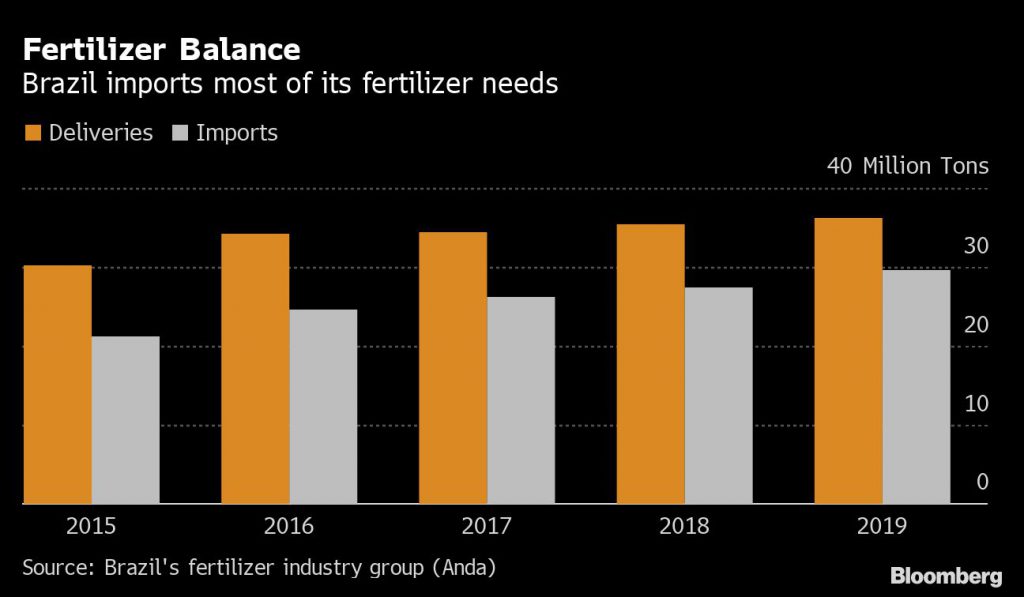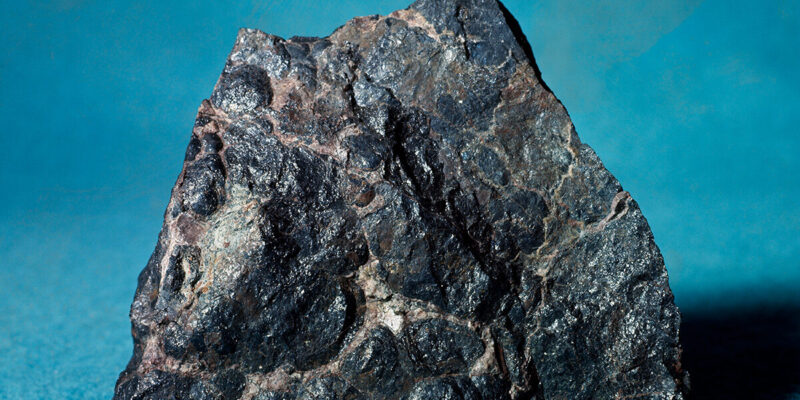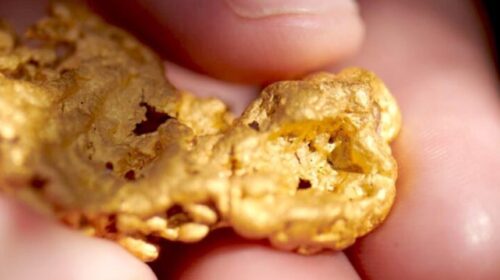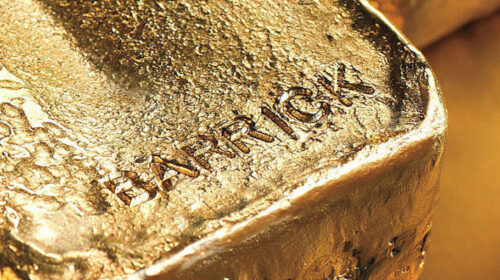Brazil to export uranium, if mine proceeds
A mining project seen as a priority by the Brazilian government would turn the nation into a uranium exporter and reduce its fertilizer import needs if it proceeds.
Latin America’s largest economy, which currently imports uranium for its nuclear plants and ships in most of its fertilizer needs, will become more self-sufficient with a $400 million project in the nation’s impoverished northeast, according to the consortium formed to explore the deposit.
State-owned INB, which has a monopoly on uranium production in Brazil, formed a consortium with local fertilizer firm Galvani for the Santa Quiteria phosphate-uranium project. INB expects to extract about 2,100 metric tons of uranium a year from the deposit, while it needs roughly 750 tons to supply its nuclear energy plants.
Adding in nominal capacity at another deposit managed by INB, Brazil will produce about 2,400 tons of uranium ore concentrate a year when Santa Quiteria hits full capacity in 2026.
INB EXPECTS TO EXTRACT ABOUT 2,100 METRIC TONS OF URANIUM A YEAR FROM THE SANTA QUITERIA DEPOSIT
“That corresponds to 4% of the world’s uranium production,” Carlos Freire, president of INB, said in a telephone interview. “We can be a player with an interesting relevance.”
The Fukushima Daiichi disaster and high development costs have kept the number and capacity of nuclear plants fairly flat over the past decade with uranium markets oversupplied. Still, the U3O8 uranium price hit a four-year high in May after supply cuts in Canada and Kazakhstan, although it has retreated since on softer demand. Longer term, the industry is drawing confidence from efforts to meet ambitious carbon targets that might spur demand for nuclear energy.
Initially, uranium from Santa Quiteria would go to INB’s nuclear plants, although the company is in discussions with the government to sell surplus supply overseas, Freire said.
Santa Quiteria was included in the government’s Investment Partnership Program, known as PPI, for projects considered a priority. Bringing in more partners, including fertilizer consumers, is being considered to fund the investment, while the family that controls Galvani would take a majority stake.
Crop nutrients
The project’s phosphate output is estimated at 750,000 tons a year by 2026, which would be about 20% of Brazilian phosphate fertilizer imports last year. The nation — which is the largest exporter of soybean, coffee and sugar — only produces 30% of its phosphate consumption.
“That’s a huge strategic deficiency for the country,” Ricardo Neves, Galvani’s president, said in a telephone interview. Galvani ended a joint venture with Yara International ASA in Brazil last year.

Santa Quiteria, located in Ceara state, would supply growing demand in Brazil’s new agriculture frontier of Matopiba. The consortium is looking to take advantage of return trips from ports to farms to carry the fertilizer.
“That’s a region where grain and soy production rises fast and will keep rising with the conversion of pastures into agriculture,” Neves said.
The project also foresees the production of 270,000 tons of dicalcium phospha
te, which is used as a cattle feed supplement. That volume represents about 20% of the nation’s current consumption, which is expected to rise 78% through 2026, according to Sindiracoes, a group representing the animal feed industry.
Most cattle in Brazil, the world’s largest beef exporter, are pasture raised but the use of feedlots — and feed supplement as a consequence — is expected to increase in the coming years amid growing pressure to halt deforestation.
Brazil’s consumption of dicalcium phosphate is expected to grow 3.5% to 4.5% a year in the coming 15 years, while fertilizer demand should increase 3% to 4%, Neves said.
“Brazil will continue growing as an agriculture superpower, and the phosphate need will follow that,” he said.
source: Mining.com
39 total views , 2 views today





